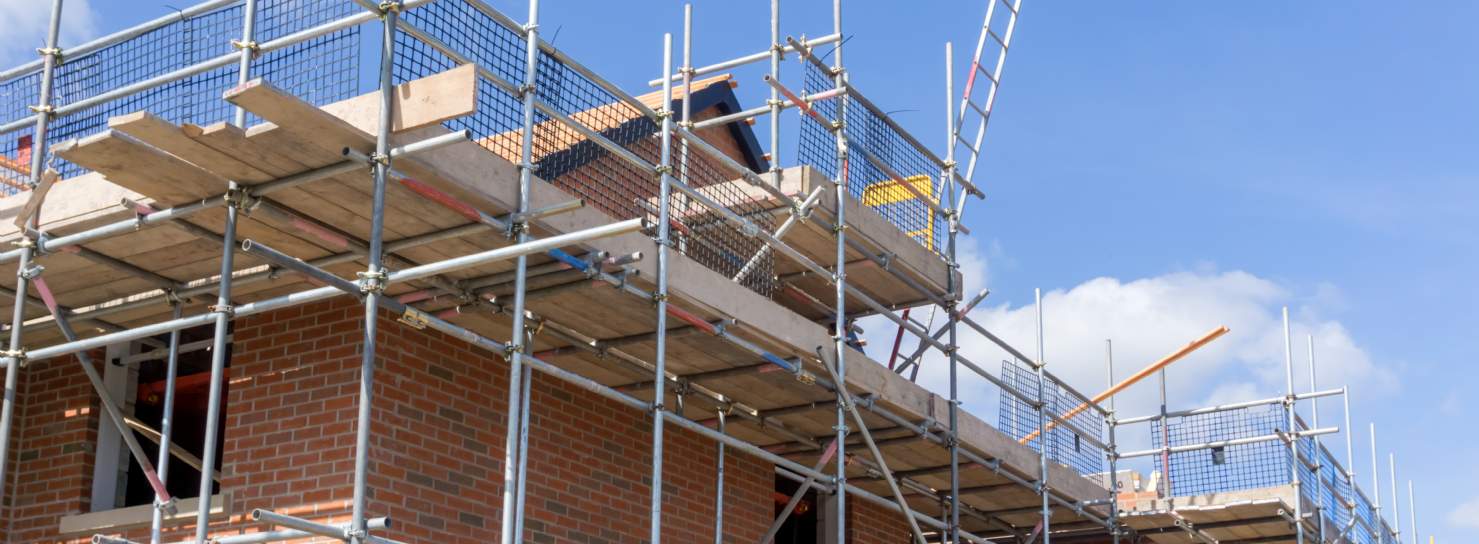Will housebuilding volumes in England recover to pre-pandemic levels?
Not until 2026, according to our updated completions forecast. The fall in new homes completions through the Covid-19 pandemic has been well documented, but it is the longer term fall in starts that will have a more enduring impact.
The Affordable Homes Programme 2021-26 will be fundamental to driving volumes back up to pre-Covid levels towards the middle of the decade. First Homes and expanded delivery of Shared ownership will partially fill the gap left by Help to Buy. The remainder of that gap will be filled by Build to Rent, supported by strong demand from institutional investors.
Completions will continue to fall in 2021/22, but are expected to pick up sharply in 2022/23, albeit remaining around 25,000 completions lower than pre-pandemic levels. We expect continued growth over the following three years, driven by the expanding Build to Rent sector, and affordable housing delivery, including First Homes. Annual completions in England should return to the levels seen in 2019 by 2025/26, but will still be significantly below the government’s target of 300,000 homes per year.
Construction and Land Supply
The lower volume of completions during 2021/22 are mainly a function of construction timings. Completions were down only 15% during the year to 2021, but starts were down 25% and that will have an impact on completions in the following year. The first four months of the year to March 2022 have borne this out. Between August 2020 and March 2021, EPCs for new dwellings ran at or above 2019 levels. But since May 2021, they have been around 90% of 2019 levels.
This has exacerbated a trend that had emerged well before Covid. The number of homes under construction had been falling since the beginning of 2019, as completion numbers overtook starts, and we had already pointed to a likelihood that completions would fall as a result (see Q4 2019 Housing Supply Update). Although Q1 2021 was a stronger quarter for starts, rising by 49% against the previous quarter, early data for Q2 from Glenigan and NHBC suggests this upward trend has not continued.
As chart 3 shows, based on the historic relationship between starts and completions, this fall in starts will likely feed through to a lower number of completions until at least mid-2022.
